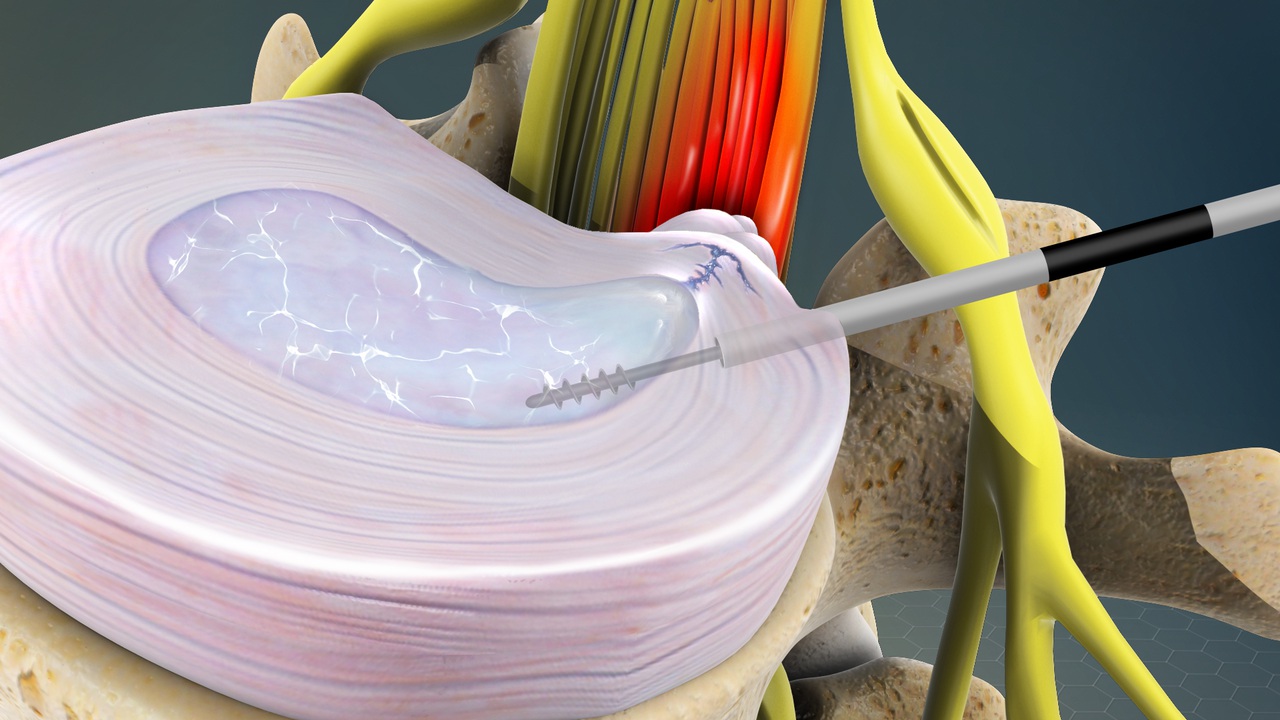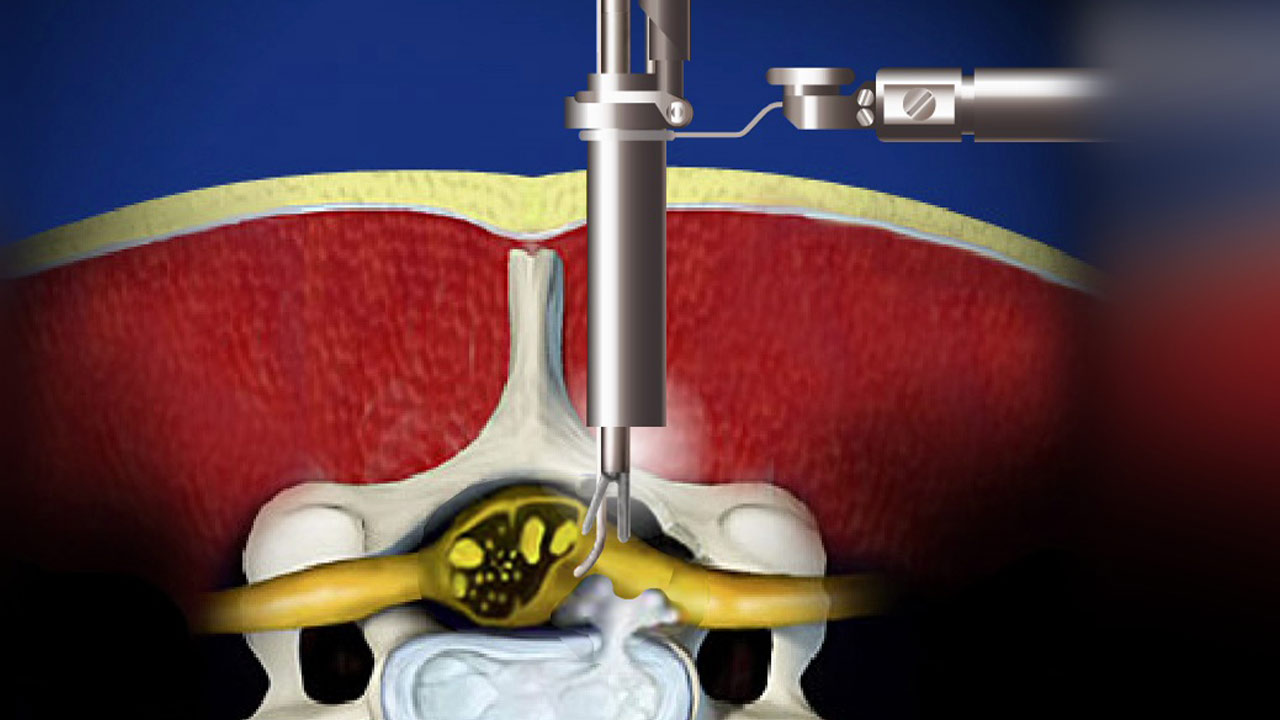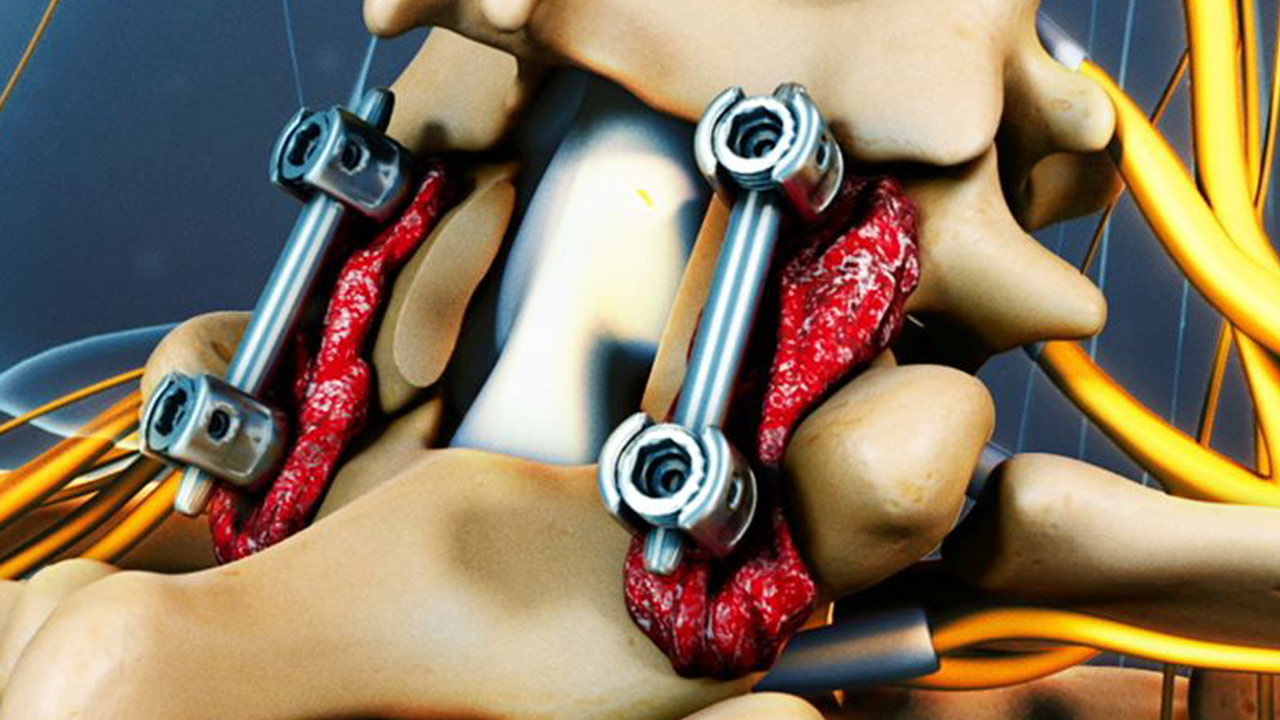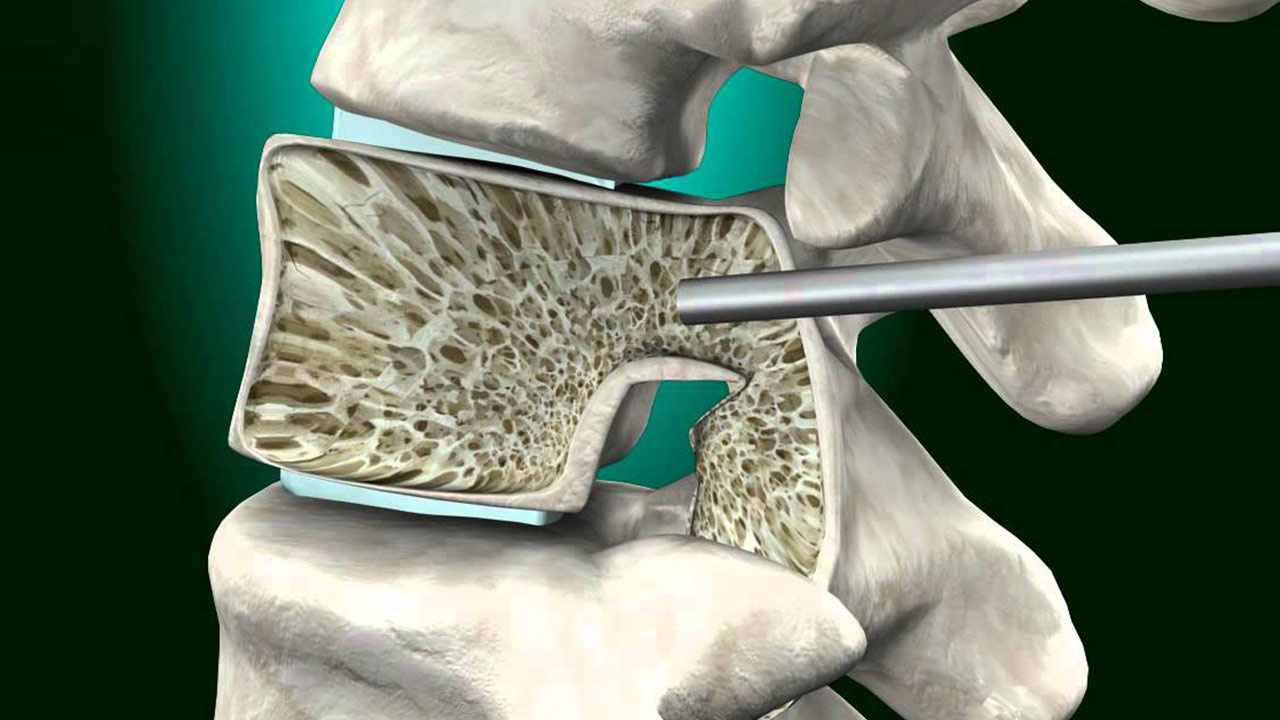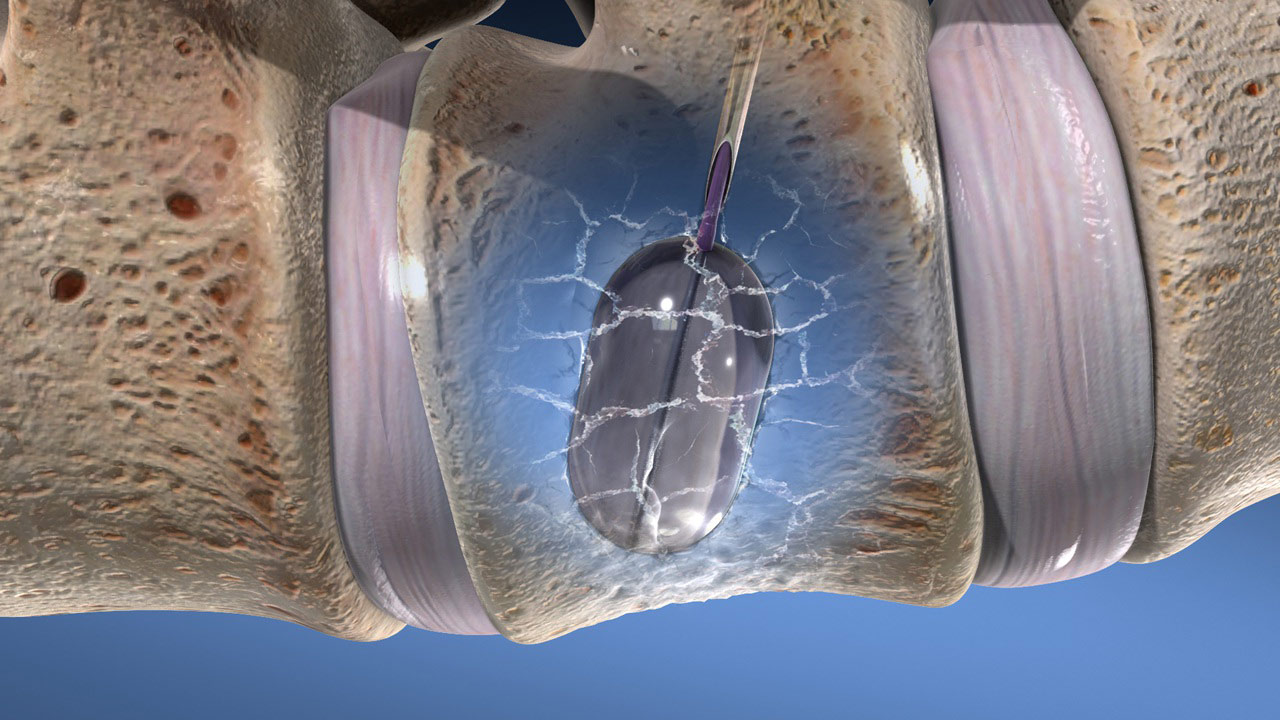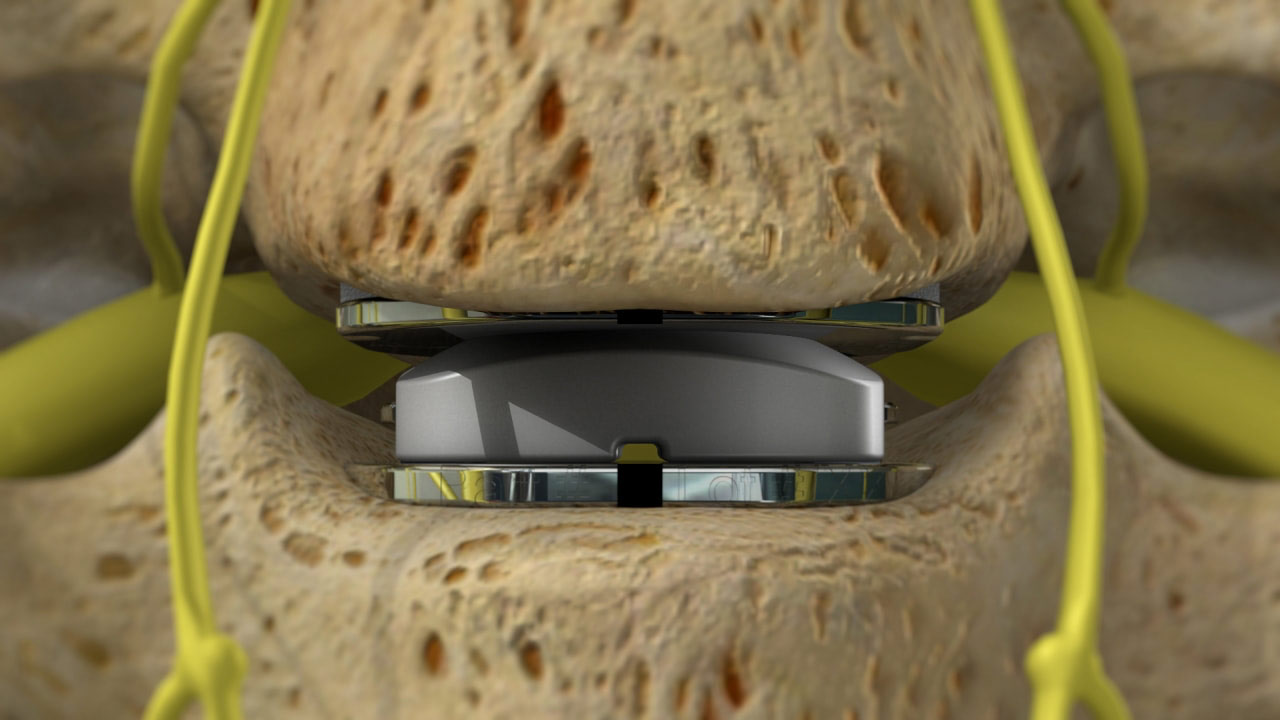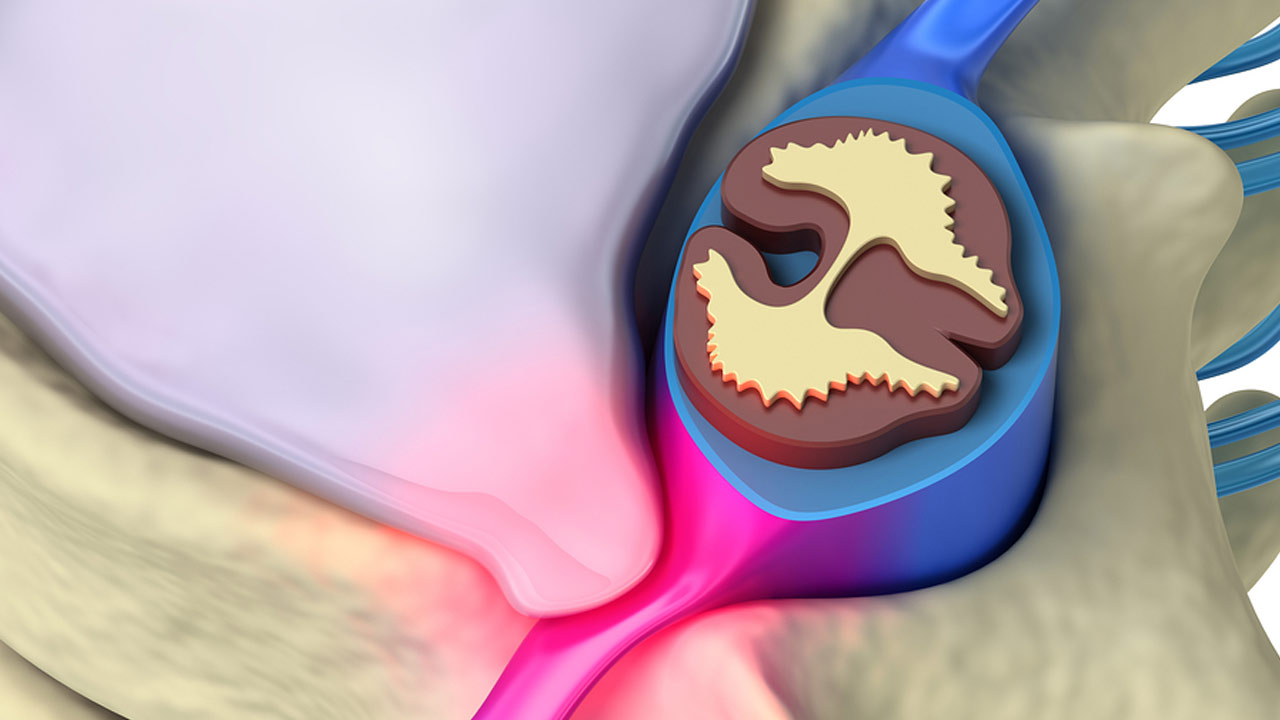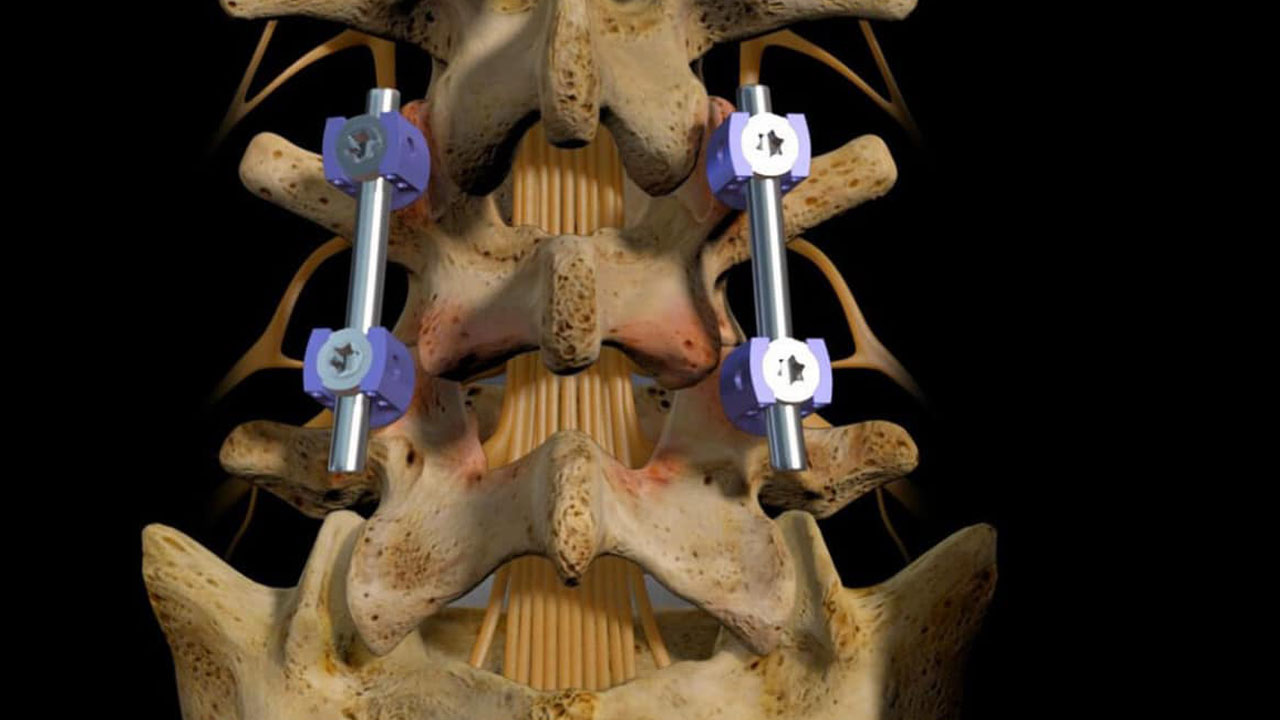Discectomy is surgery to remove lumbar (low back) herniated disc material that is pressing on a nerve root or the spinal cord. It tends to be done as a microdiscectomy, which uses a special microscope to view the disc and nerves. This larger view allows the surgeon to use a smaller cut (incision). And this causes less damage to surrounding tissue.
Before the disc material is removed, a small piece of bone (the lamina) from the affected vertebra may be removed. This is called a laminotomy or laminectomy. It allows the surgeon to better see the herniated disc. Discectomy is usually done in a hospital. You are asleep or numb during the surgery. You will probably stay in the hospital overnight.

